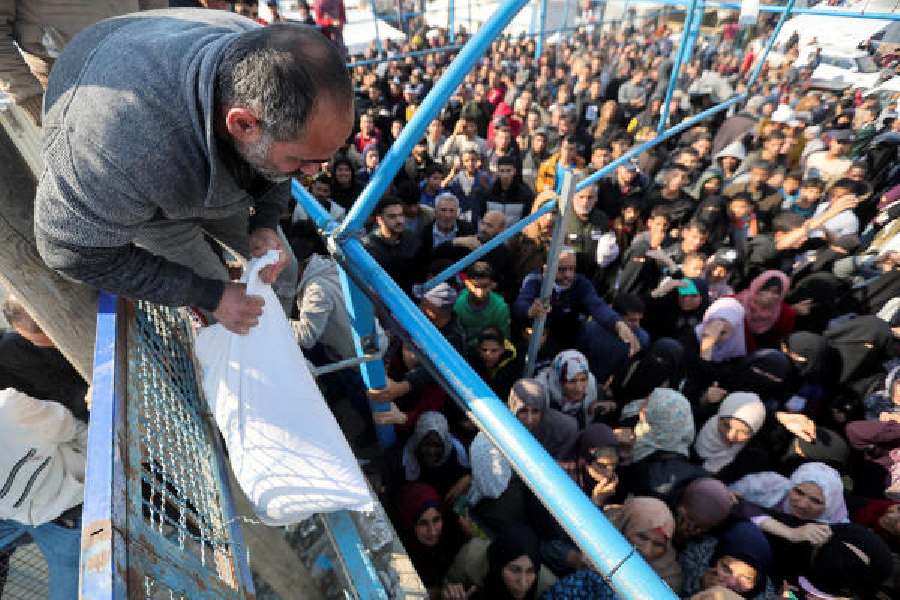Under pressure from allies to ease the humanitarian crisis in the Gaza Strip as it welcomes Israeli hostages home under the terms of a fragile ceasefire, Israel faces an increasingly difficult set of decisions about the future of its war against Hamas.
Israeli leaders have vowed to eliminate Hamas, the group that has controlled Gaza since 2007 and that led to devastating attacks on Israel on October 7. They have also promised to recover all of the roughly 240 people who were kidnapped by Hamas and other Palestinian armed groups that day.
Prime Minister Benjamin Netanyahu has cited the recovery of hostages in justifying his support for the pause in Israel’s ground invasion — and has also said that Israel’s military is ready to resume fighting once the ceasefire arrangement ends.
But the deal also gives Hamas time to regroup and retrench, making Israel’s objective of rooting it out more difficult. Israel’s release of Palestinians from imprisonment or detention under the arrangement has been accompanied by growing support for Hamas in the Israeli-occupied West Bank. The extended ceasefire has also allowed aid to reach more of Gaza’s 2.2 million residents, most of whom have been displaced by the fighting and face dire shortages of food, medicine and fuel.
Ceasefire agreement
Israel and Hamas have extended their brief truce from four to six days, according to Qatar, which has been mediating their talks. The agreement has so far held, despite accusations by each side that the other had violated it.
Since Friday, Hamas has released at least 85 hostages and Israel has freed 180 imprisoned Palestinians.
Military campaign
Before the ceasefire agreement took hold on Friday, Israel’s military had bombarded Gaza for weeks, saying it had struck over 15,000 targets. The bombardment included the use of very large weapons in dense urban areas, and Palestinian health authorities in the Hamas government have said that more than 13,000 people have been killed, including thousands of children. The bombardment, the large number of deaths and the displacement of the majority of Gaza’s 2.2 million people have fueled international outcry over the scope of Israel’s campaign.
Israel has said it is targeting Hamas all over Gaza, including in places where its members are embedded among civilians, such as hospitals and shelters, and in an extensive tunnel network underground.
The Israeli military has since sought to show evidence of its assertions, releasing videos that show parts of a tunnel shaft on the grounds of the Shifa complex, and rooms within the tunnel. But Israeli troops have moved slowly, wary of explosives and traps.
Hamas leadership
Hamas has acknowledged the deaths of several commanders in the war, including at least one senior figure. A number of other Hamas officials and commanders are believed to have been killed. Yahya Sinwar, the hardline leader of Hamas in Gaza, remains a top target of Israeli forces.
Israeli leaders have said they do not want to reoccupy Gaza after the war, and it remains unclear how or whether they can eliminate Hamas completely from the strip.











